The North American P-51 Mustang is arguably one of the coolest fighter planes ever flown in the United States military. In today’s article, Dr. Will Dabbs invites you to crawl in the cockpit and learn a few things about the classic plane you may not have known. — Editor
When I was an Army Aviator, nothing was cooler than doing airshows. We’d fly in for a long weekend filled with pressing the flesh and a little gratuitous hero worship. The hosts were invariably gracious and the fellowship with other aviators sublime. It’s tough to do something like that and actually claim it’s work.
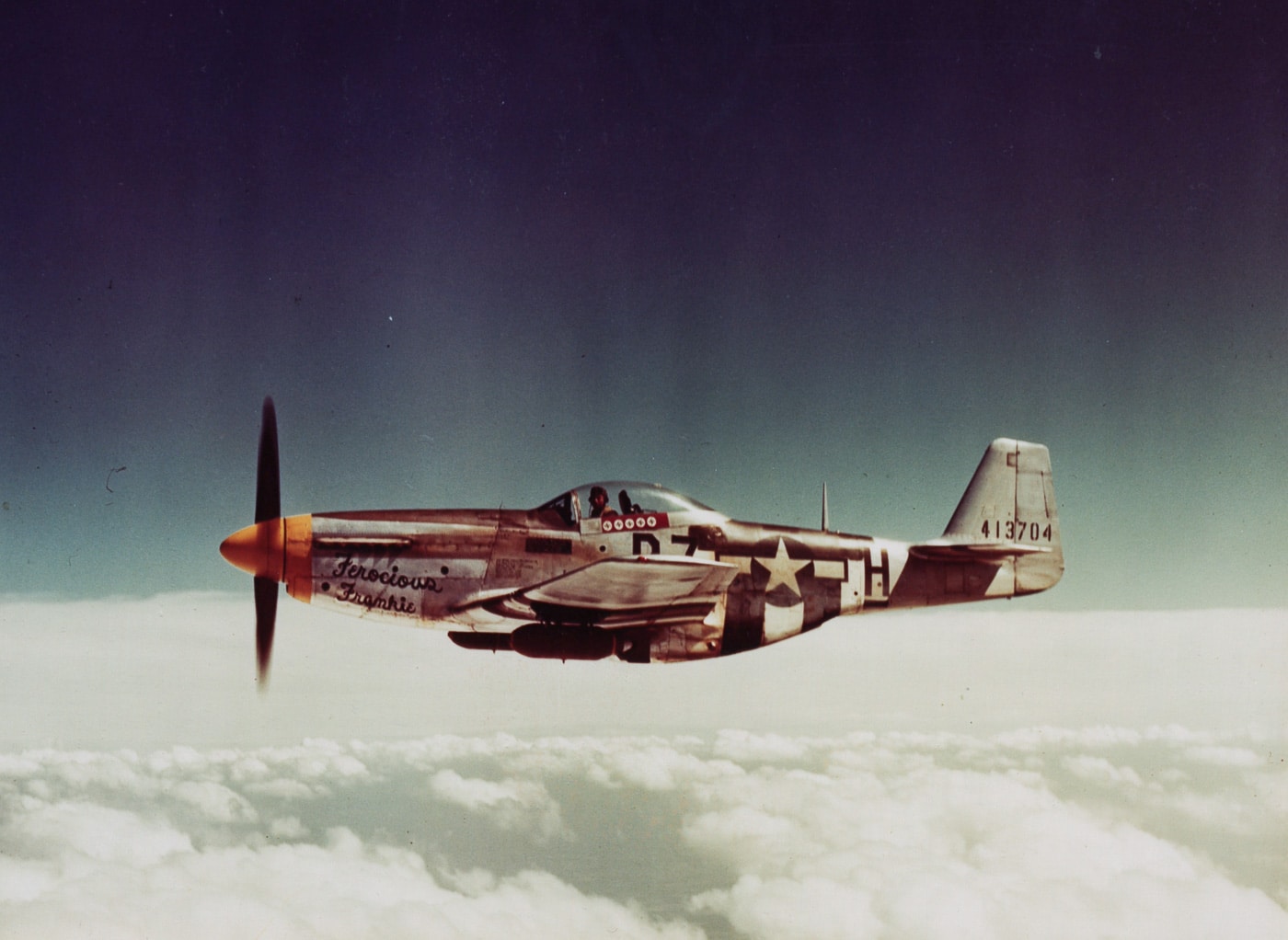
Ever since the genesis of manned flight it has always been thus. Cool flying machines invariably draw a crowd. However, there is also great danger to be found there. Most military pilots are, by definition, young, bulletproof and immortal. As a result, there is ever the temptation to push our machines farther than we should for the edification of an adoring public. So it was at a particular English airfield in the lead-up to D-Day.
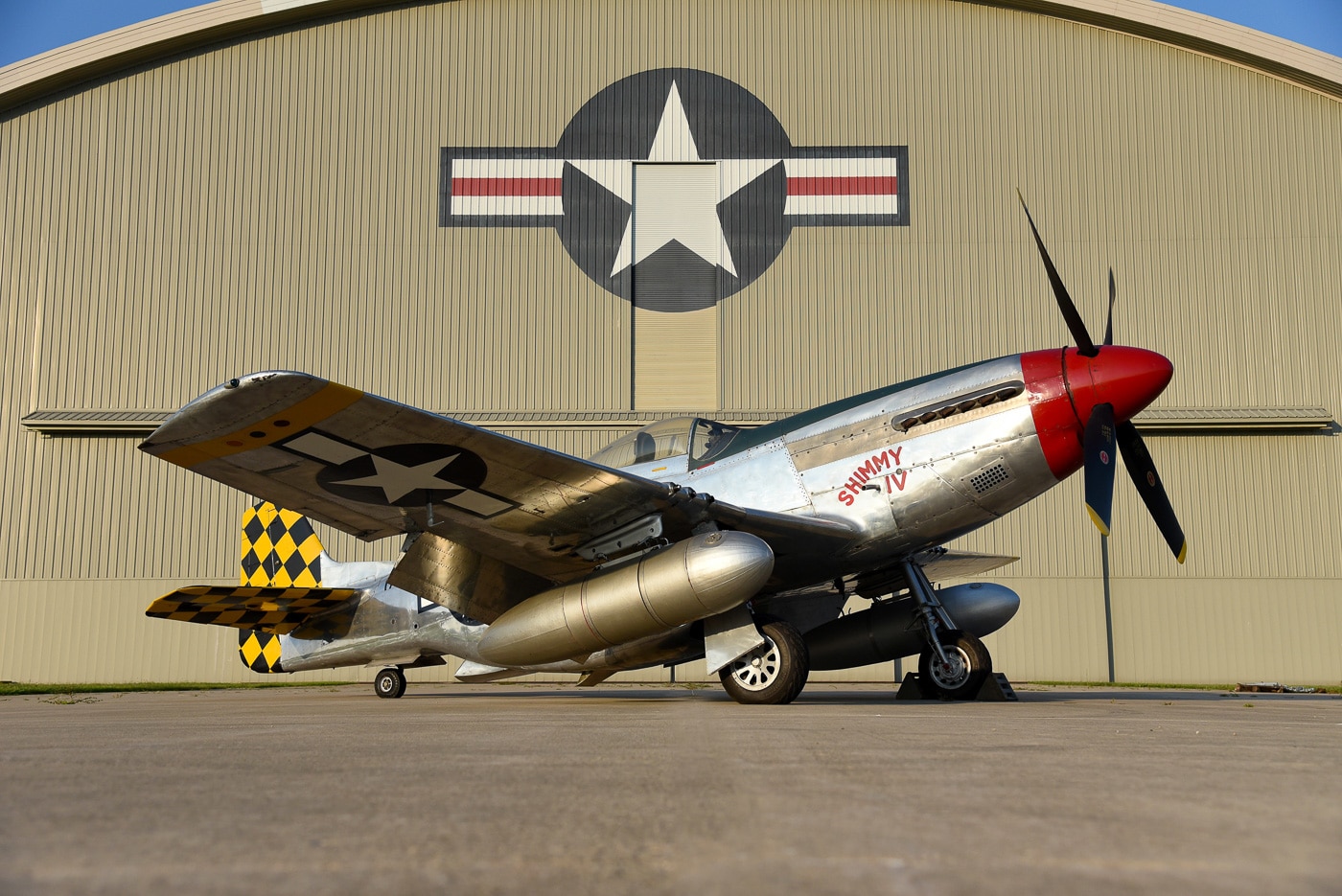
Overlord and the Mustang
Operation Overlord was the largest amphibious invasion in human history. 156,000 Allied soldiers supported by another 195,700 sailors stood poised to breach Festung Europa while hundreds of dedicated combat aircraft kept the peace overhead. However, with all those guys and all those guns, the potential for fratricide was never far from anybody’s mind.
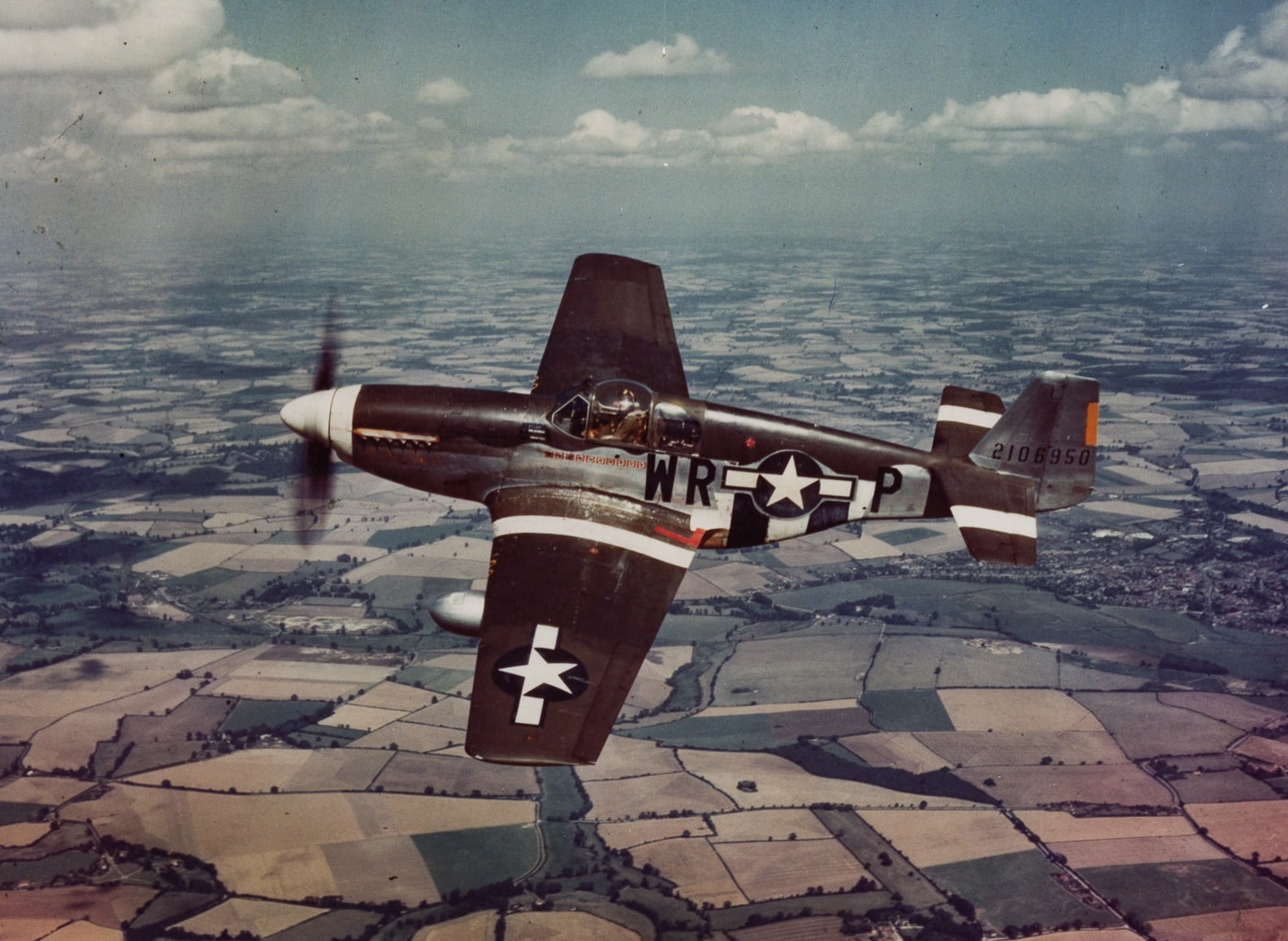
The Allies would enjoy air superiority over the invasion beaches, but that didn’t mean that a few Axis aircraft might not slip through. As a result, somebody decided it would be a good idea to introduce ground troops to the most common American close support aircraft that they might encounter once they hit the beaches. It was hoped that by letting the G.I.’s see them up close, they might hesitate to shoot if they spotted one of these friendly machines flying over in the combat zone.
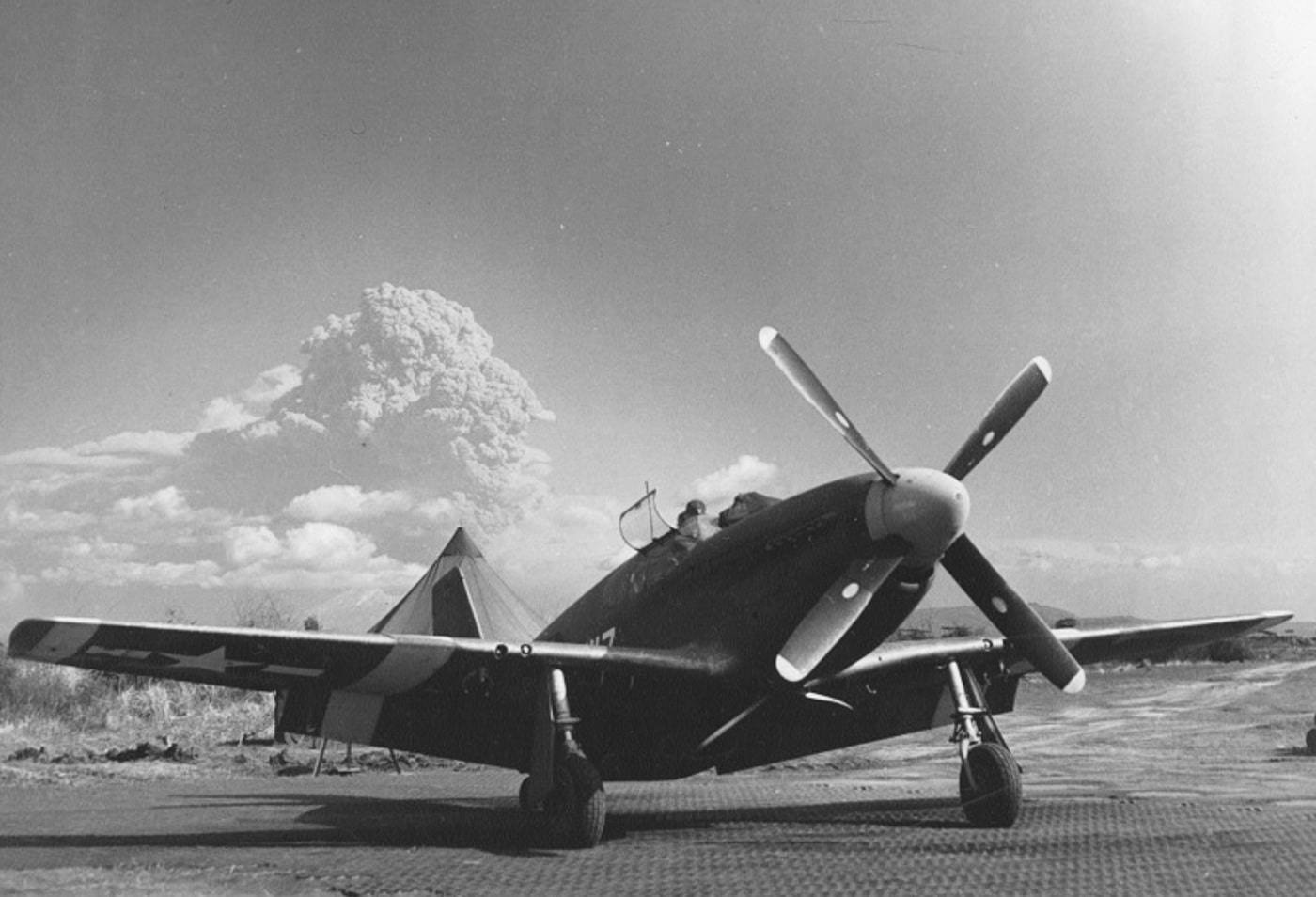
The concept of the operation was for one example of each aircraft included to be dispatched from their squadrons to a large British airbase. Several tens of thousands of ground troops would be trucked to the site to paw over the planes and then watch a quick aerial demonstration. The basic idea was quite sound.
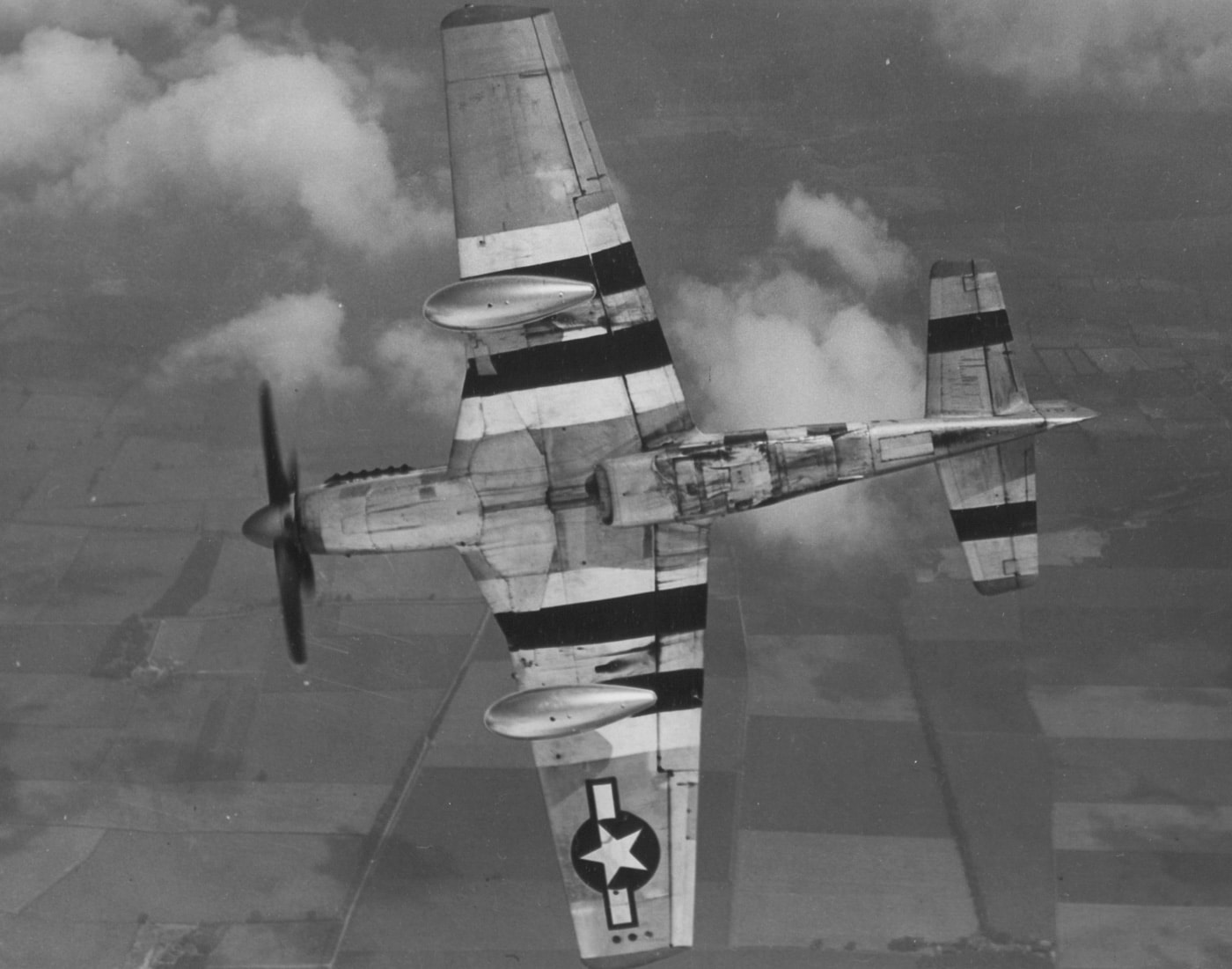
The leadership at each of these squadrons was busy planning for the invasion, so they dispatched brand-new Second Lieutenant aviators on the mission. These young pilots knew where to report and when but had no further guidance. They had never met before.
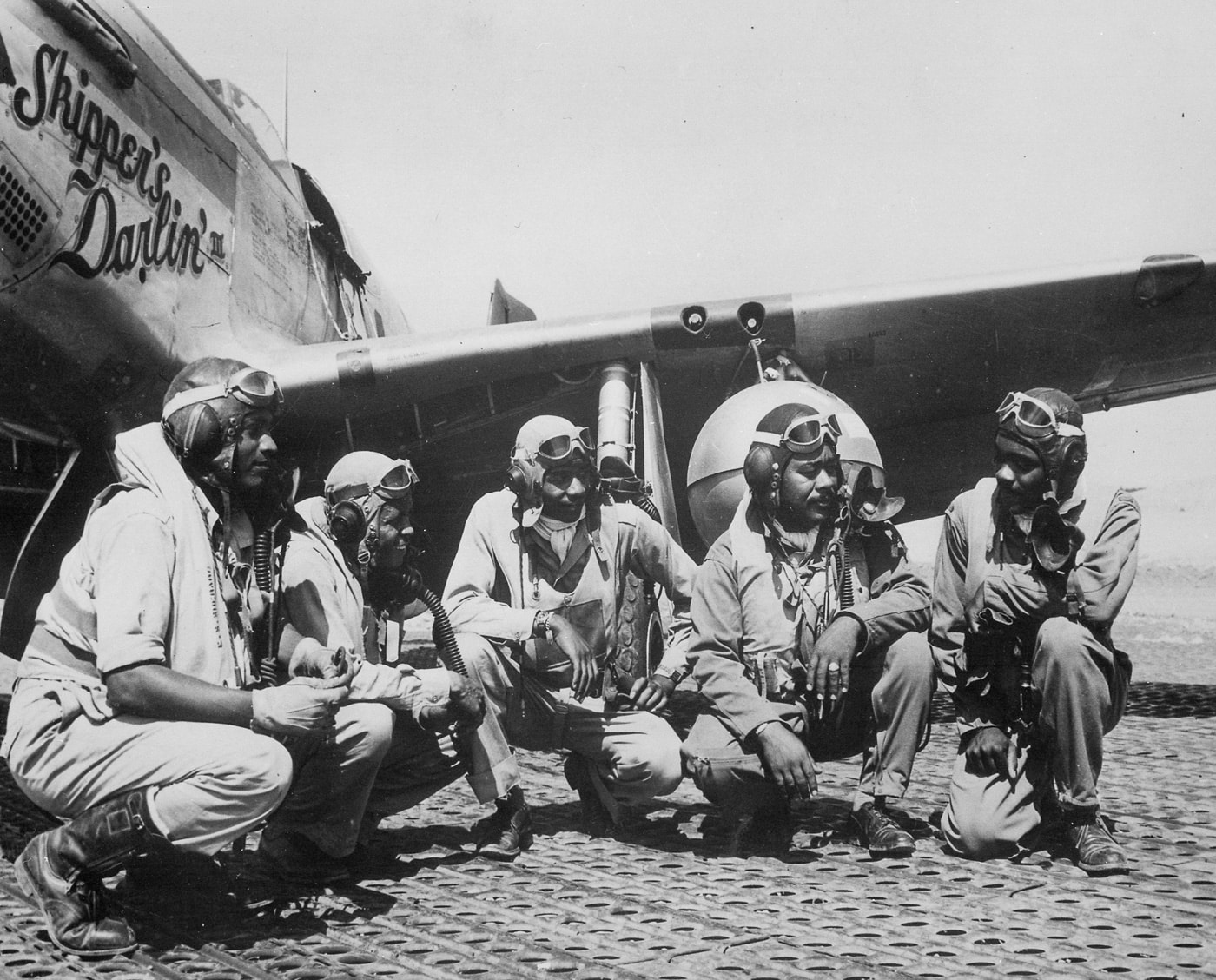
Once on the ground the three pilots held a confab. They were all the same rank, and their specific command guidance was sparse. The P-51 Mustang driver was purportedly a short man who was quite full of himself. He immediately took charge and began issuing orders. They would knock out the static portion of the day and then take off in series.
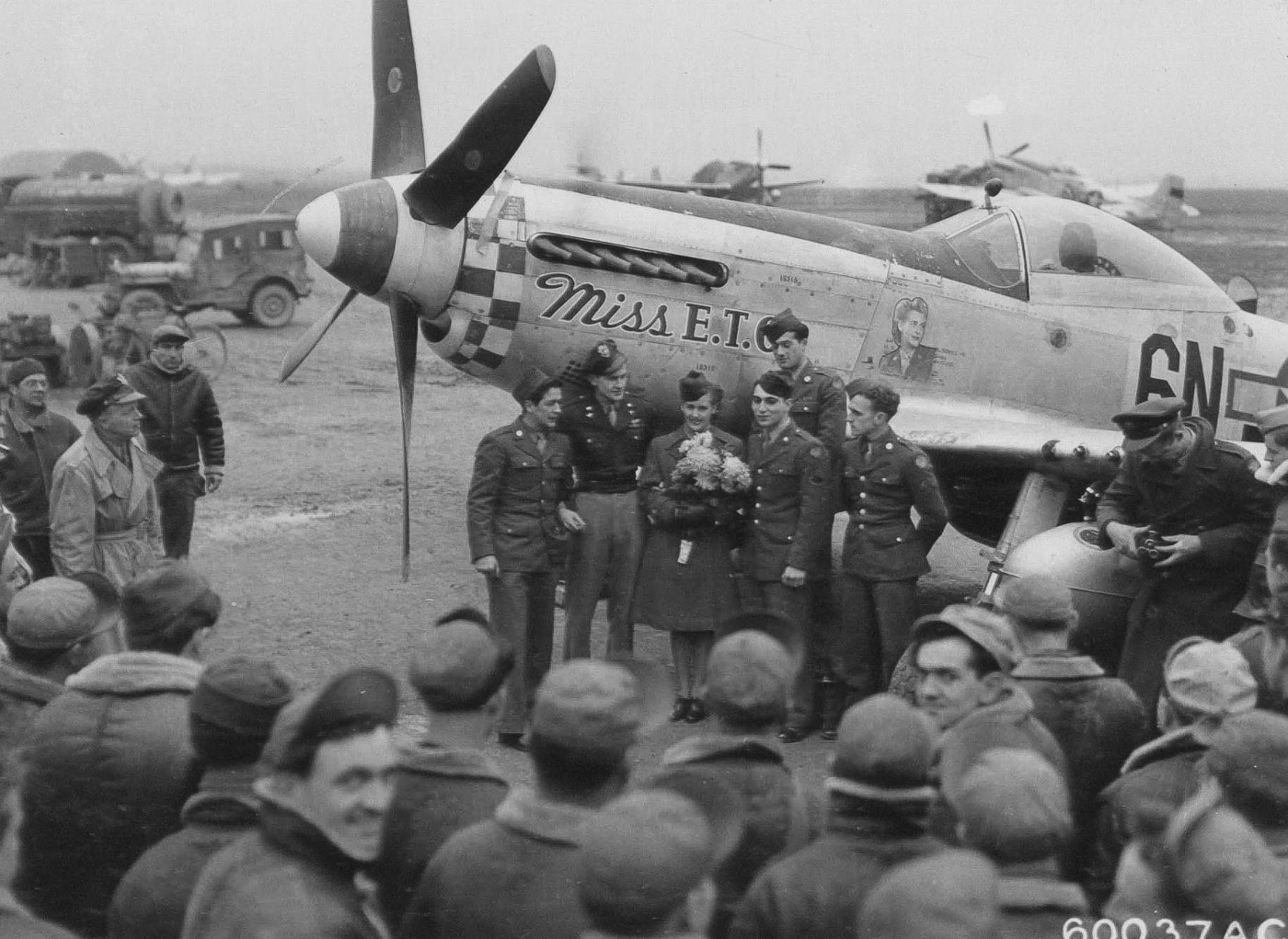
He would then put on an impromptu aerobatic display above the runway for the accumulated troops while the others loitered nearby waiting their turn to do likewise. They would coordinate cycling in and out of the airspace via radio. The other drivers had no issues with the plan, so they played along.

He would then put on an impromptu aerobatic display above the runway for the accumulated troops while the others loitered nearby waiting their turn to do likewise. They would coordinate cycling in and out of the airspace via radio. The other drivers had no issues with the plan, so they played along.
All went swimmingly right up until the Mustang did an extreme low pass right over the runway centerline. The P-51 pilot pulled up hard at the end of the tarmac into a beautiful vertical climb. He then laid the plane on its back to describe a loop intending to level out essentially where he started. He rightfully assumed the crowd would go wild.
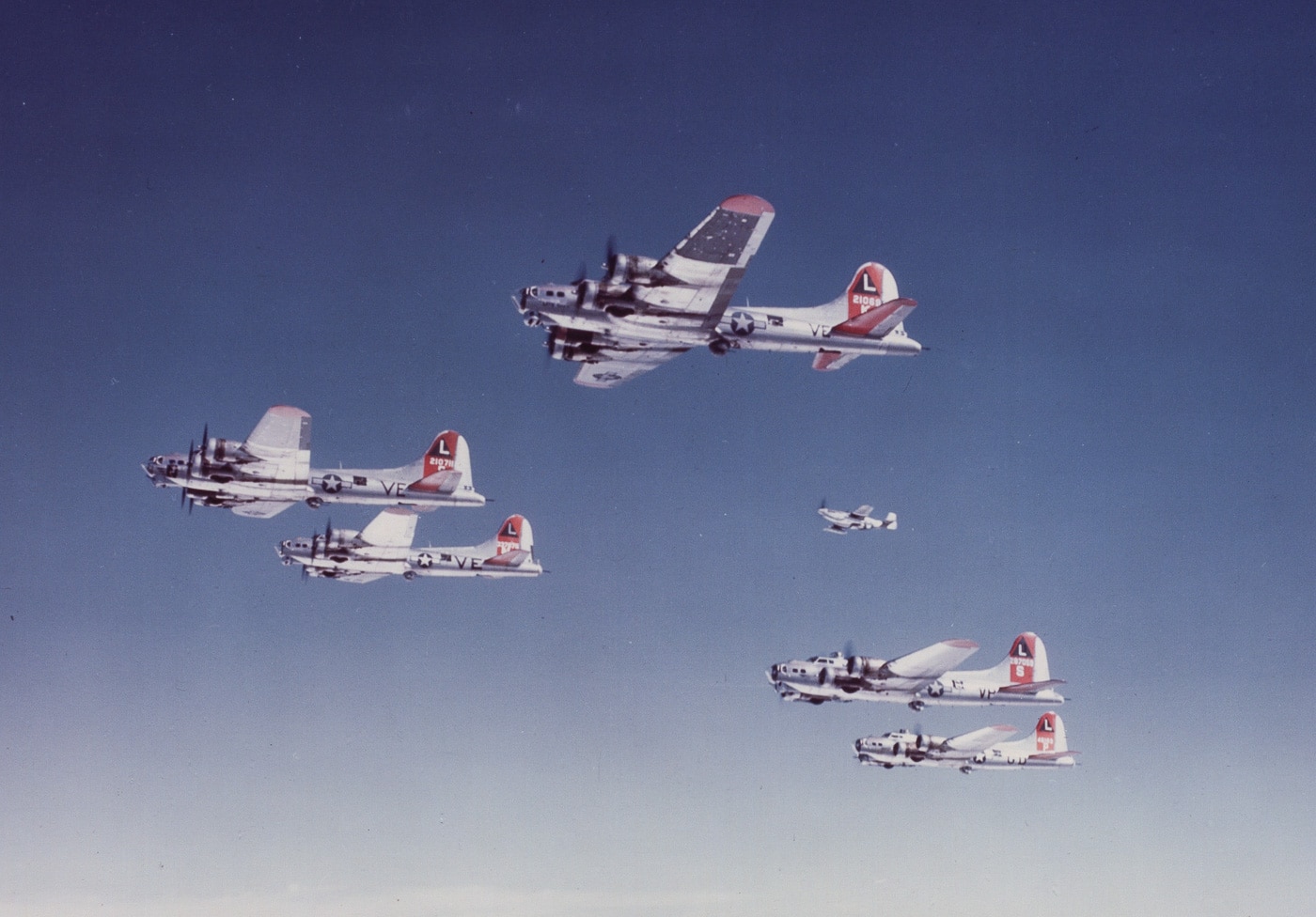
Alas, military aviation can be terribly unforgiving of stupidity. The Mustang driver misjudged his altitude in the loop and ran out space for the pull out, splashing his plane and himself into a zillion tiny little bits amidst a massive fireball of conflagrating avgas. Thankfully no one was injured on the ground.
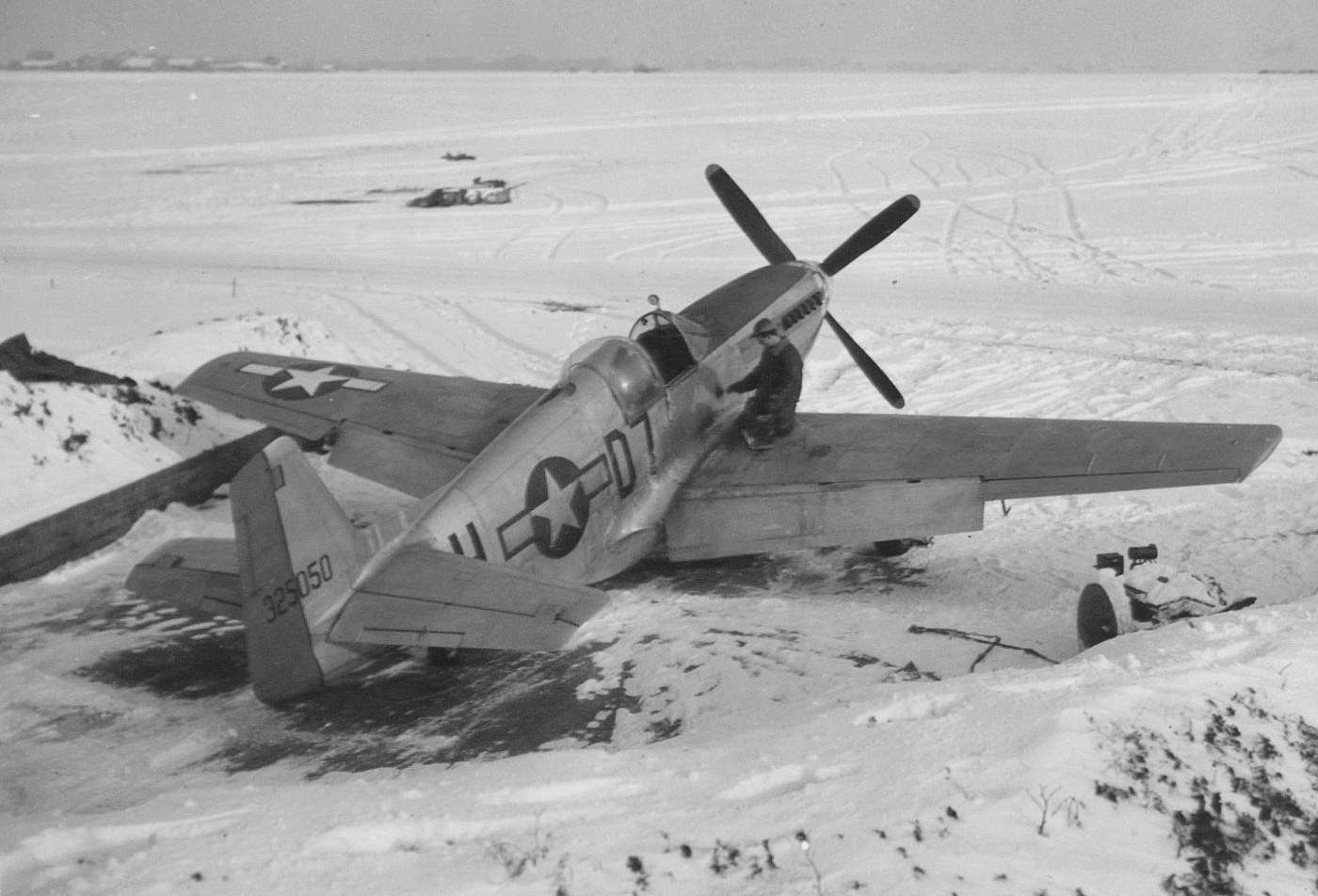
The other pilots felt that little else could be done to add to the event and, after a brief conference over the radio, wisely just headed home. The accumulated troops returned to their staging areas and did indeed ultimately wrest Europe back from the clutches of a madman. I’m sure the family of the over-zealous P-51 pilot got a somber but sincere letter from his exasperated CO.
The P-51
While the P-51 Mustang was not necessarily the most capable piston-driven fighter aircraft of World War II, it was indeed fast, fuel-efficient and deadly. However, many German fighters packed more firepower, and a few of them were faster both in level flight as well as in the climb.
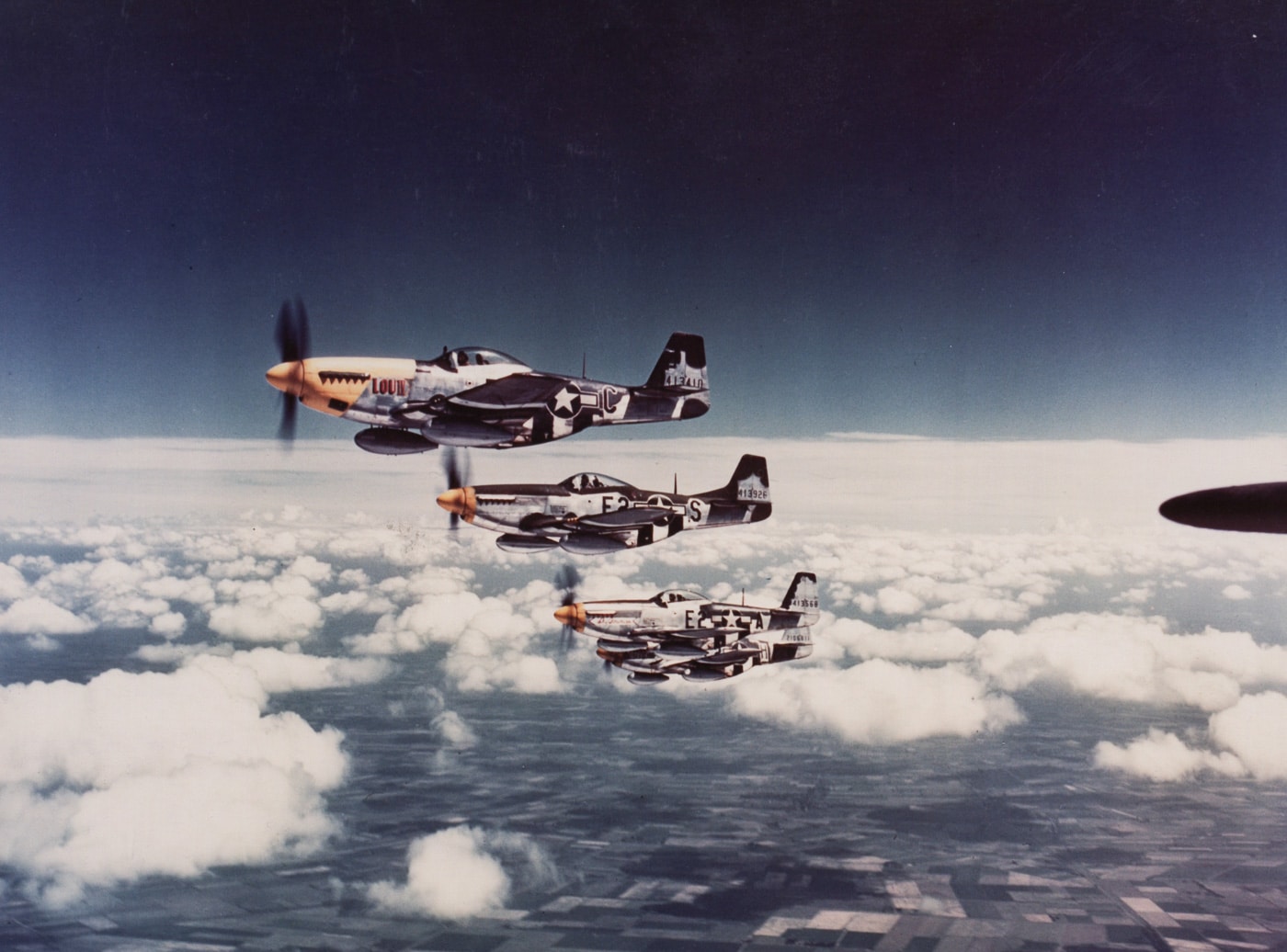
What the Mustang had that the Axis could not hope to match was numbers, along with exquisitely well-trained pilots. By the war’s end, American industry had built some 15,000 copies of the nimble little plane. Mustangs accounted for 4,950 downed enemy aircraft. Produced by North American Aviation, the esteemed P-51 nonetheless had a rocky start.
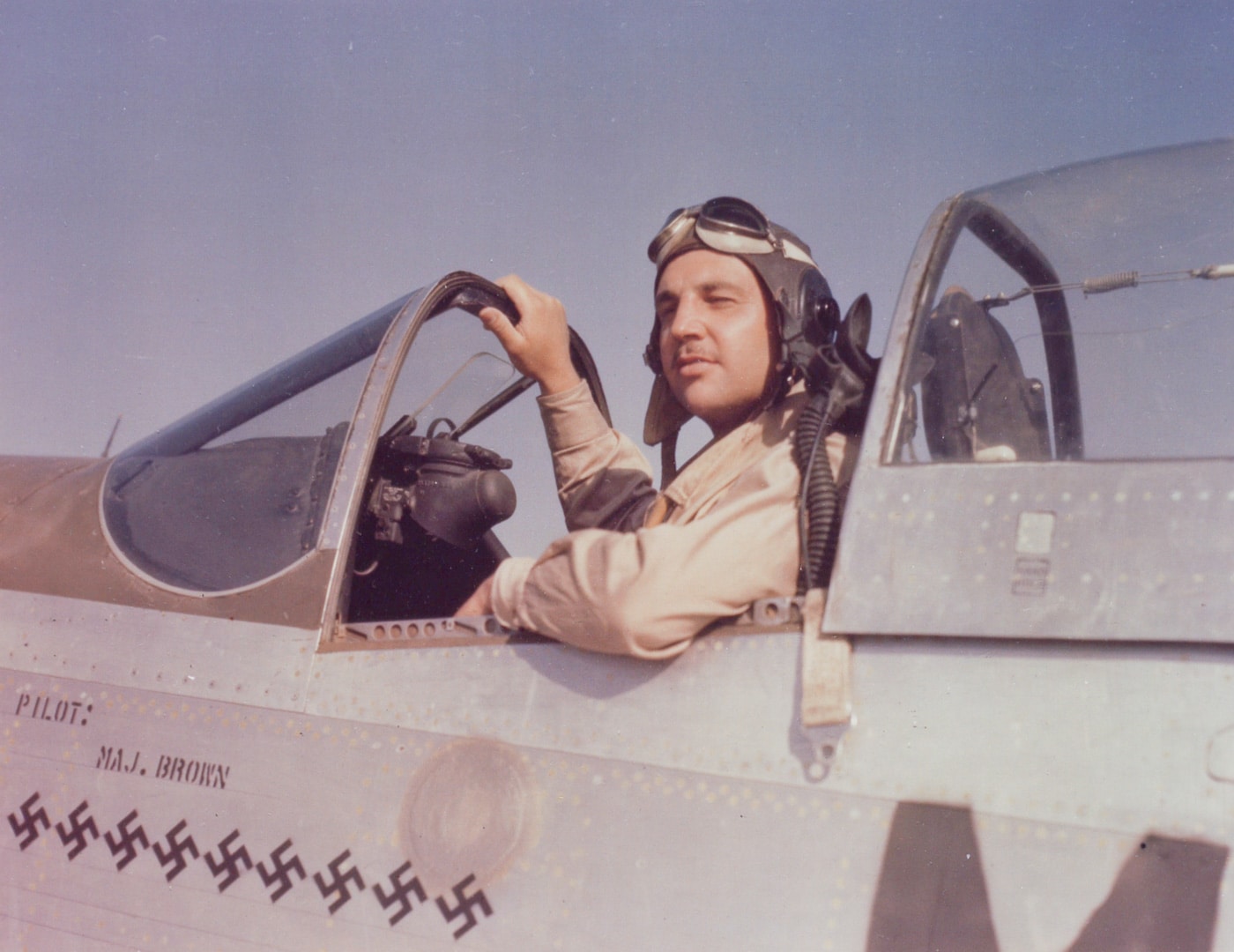
In 1940, the British were starving for fighter aircraft. The British Purchasing Commission led by Sir Henry Self scoured the U.S. aviation industry looking for a suitable combat plane that could be produced in America and deployed for RAF service in Europe both in quantity and in a hurry.
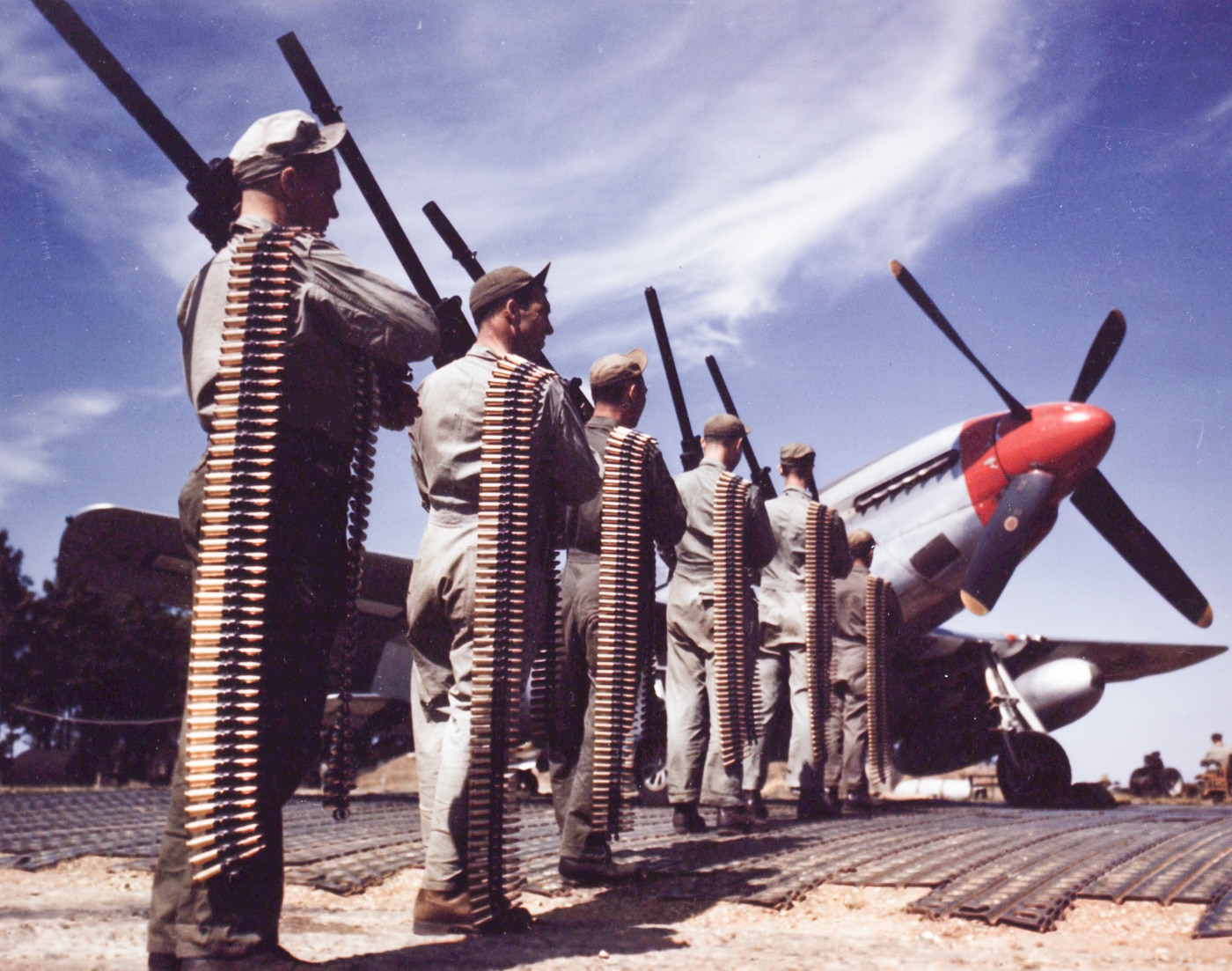
At the time the Curtiss P-40 Warhawk was essentially the only show in town, and P-40 production was already maxed out meeting American requirements. As a result, Sir Henry approached North American about producing a fresh new design from scratch. The original discussions orbited around a series of drawings scrawled freehand on a piece of paper.
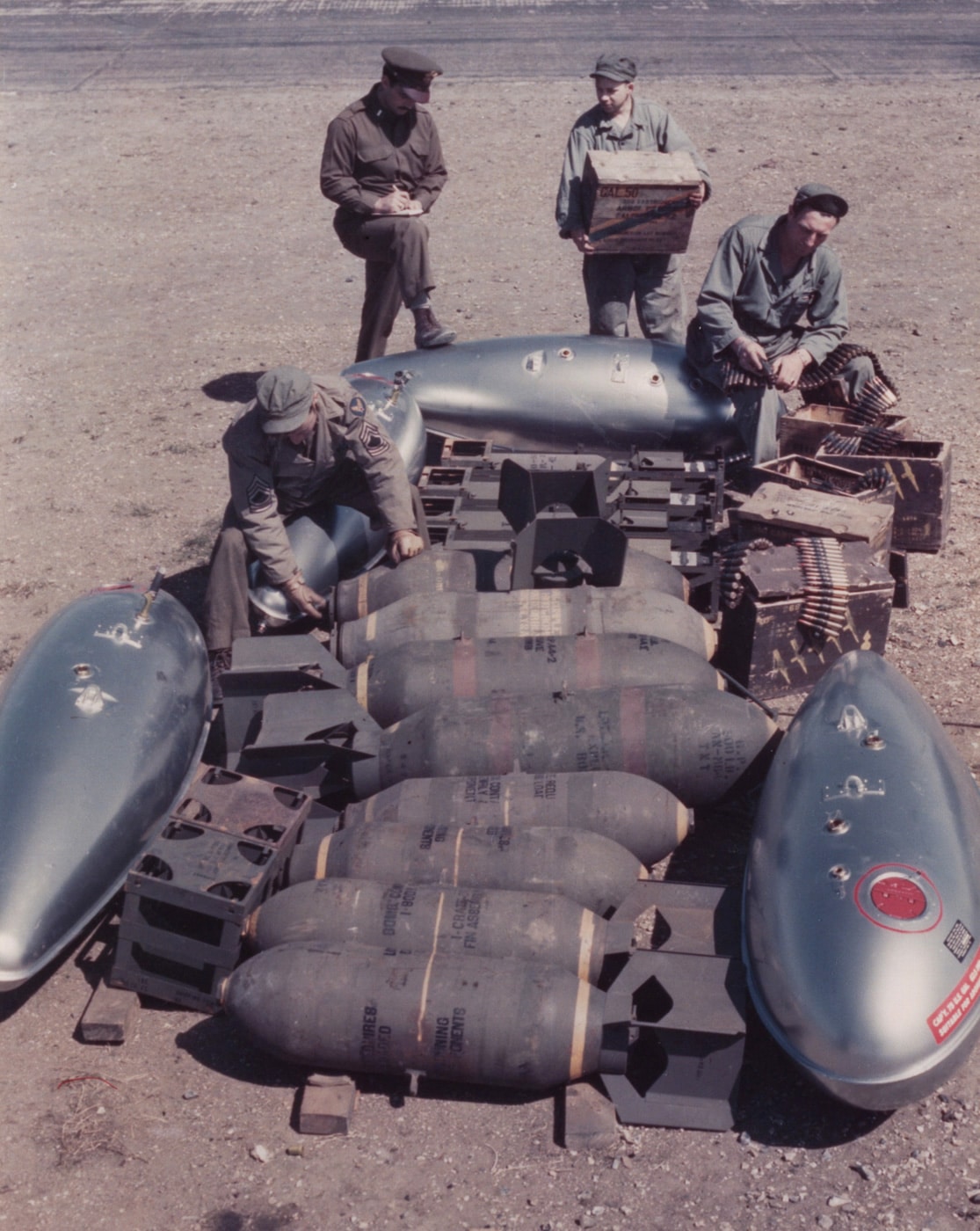
The first prototype titled the NA-73X rolled out of the factory a mere 102 days after the order had been inked. This radical plane incorporated such advanced features as low-drag laminar-flow airfoils for exceptional performance at high speeds and an unusual single ducted radiator for both oil and engine coolant.
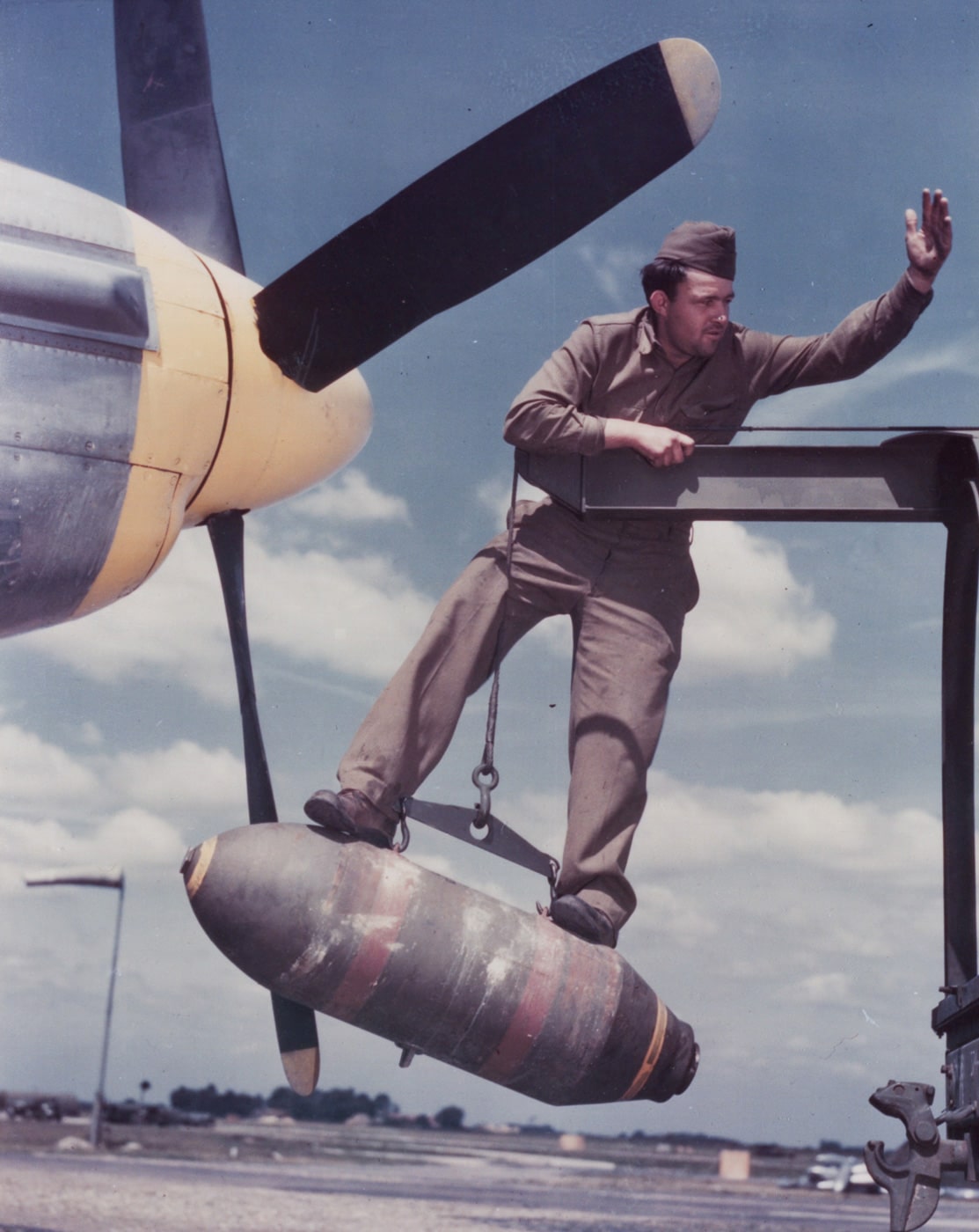
This design took advantage of the Meredith Effect wherein ram air through the radiator provided just a bit of jet thrust to the airframe. Those early machines were armed with a pair of Browning fifties in the engine cowling and four .30-caliber guns in the wings. They were powered by Allison engines similar to those found in the P-38 and P-40.
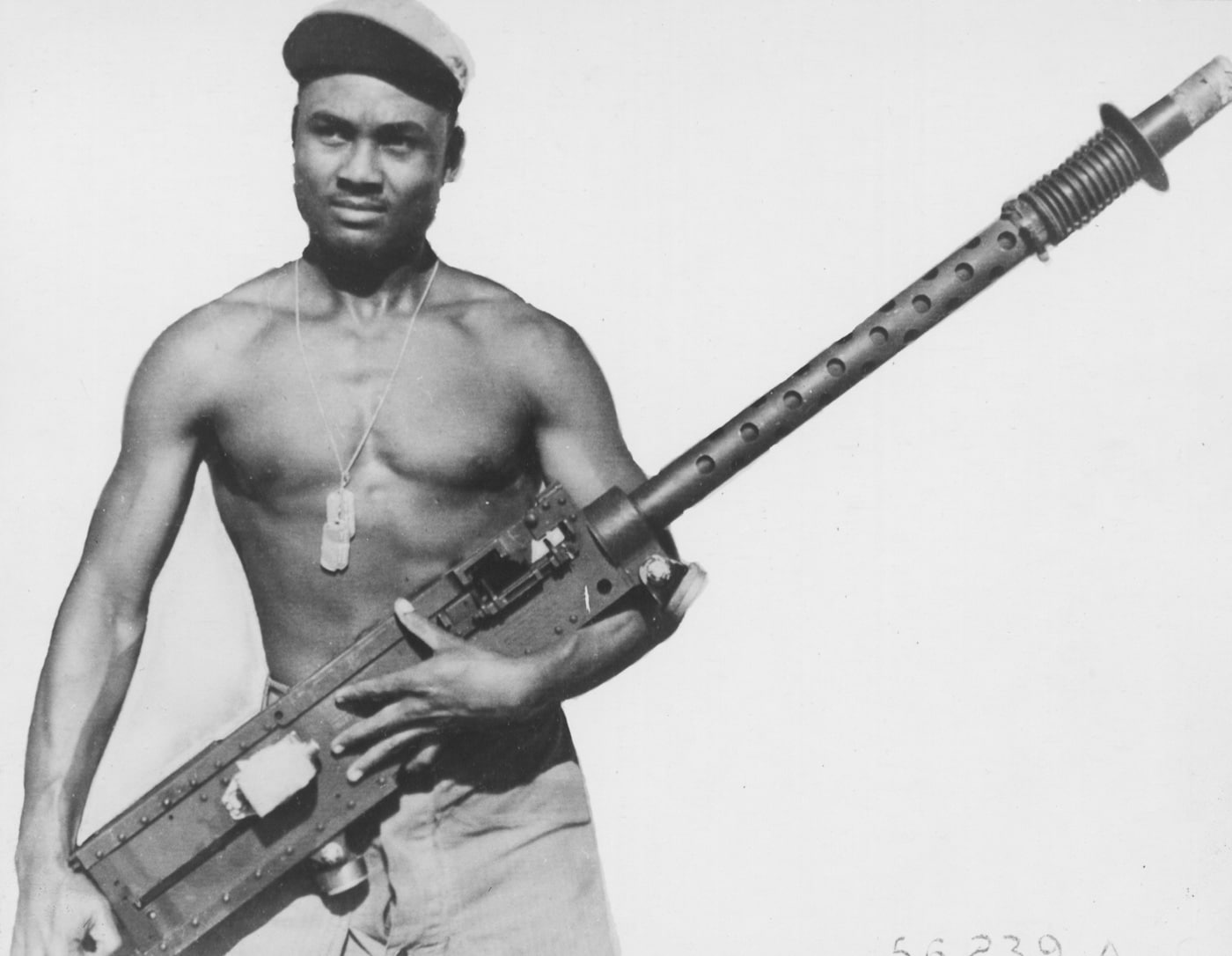
The resulting plane had much to commend it, but performance fell off badly above 15,000 feet. As the RAF needed a fighter that could hold its own with the Luftwaffe at high altitudes, this was potentially a show-stopper. The answer came from a Rolls Royce test pilot named Ronald Harker. He suggested they fit the Rolls Royce Merlin engine from the Spitfire Mk IX to the new airframe and see how she flew. The resulting hybrid plane could reach 440 mph at 28,000 feet, breathtaking performance for its day.
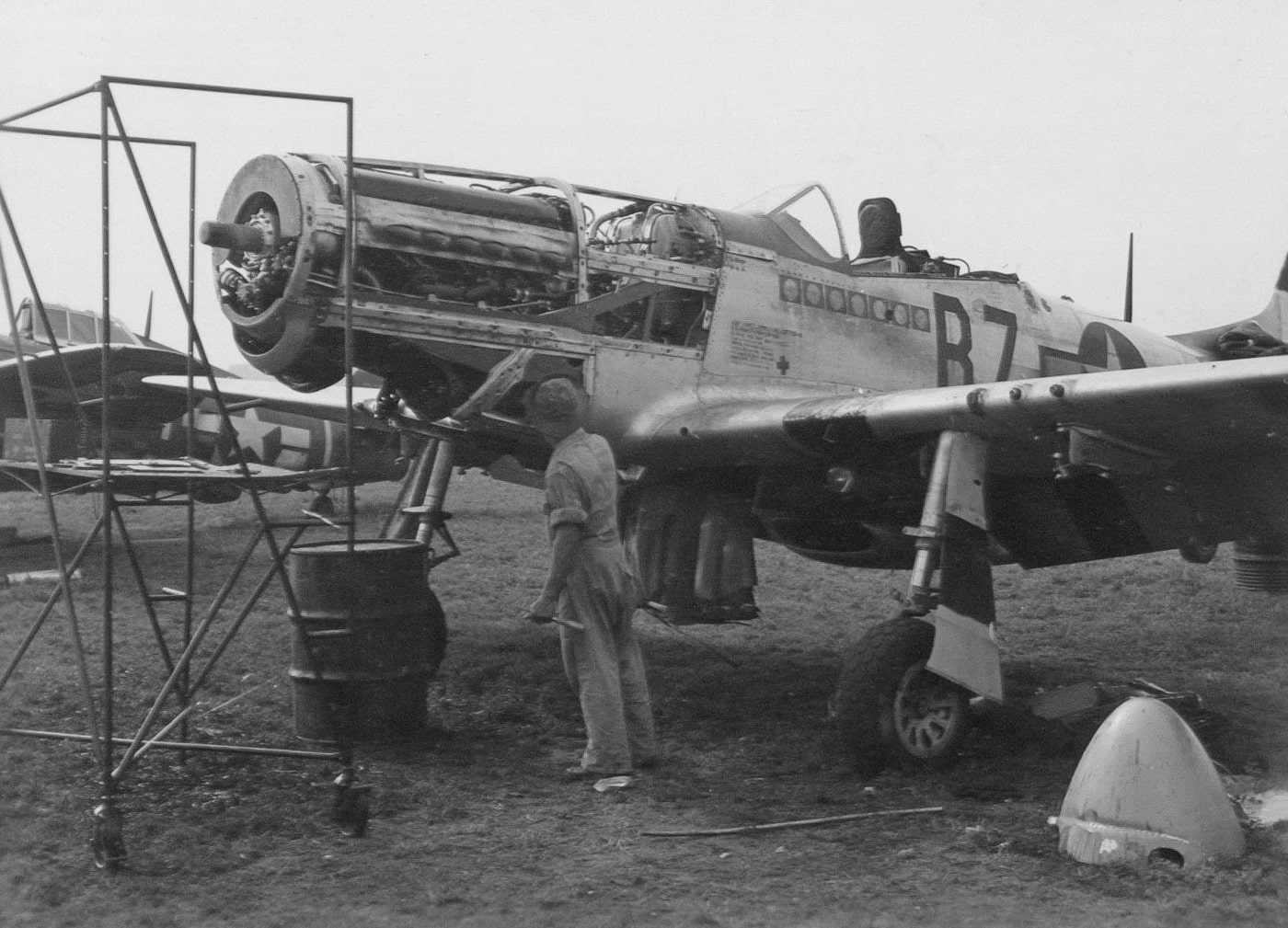
The American Packard Company began producing Merlin engines under license from Rolls Royce, and the whole world moved just a little bit. The original A, B and C-model Mustangs evolved into the definitive D-model with its distinctive bubble canopy, and North American started churning them out day and night. The final operational versions fitted half a dozen AN/M2 fifty-caliber guns in the wings.
Impressions of the Fighter
The Mustang’s sexy lines and impressive performance create a timeless allure. The P-51 that Tom Cruise flew at the end of the latest Top Gun movie actually belongs to him. He originally christened it Kiss Me Kate back when he was married to Katie Holmes. I suspect he calls it something else these days.
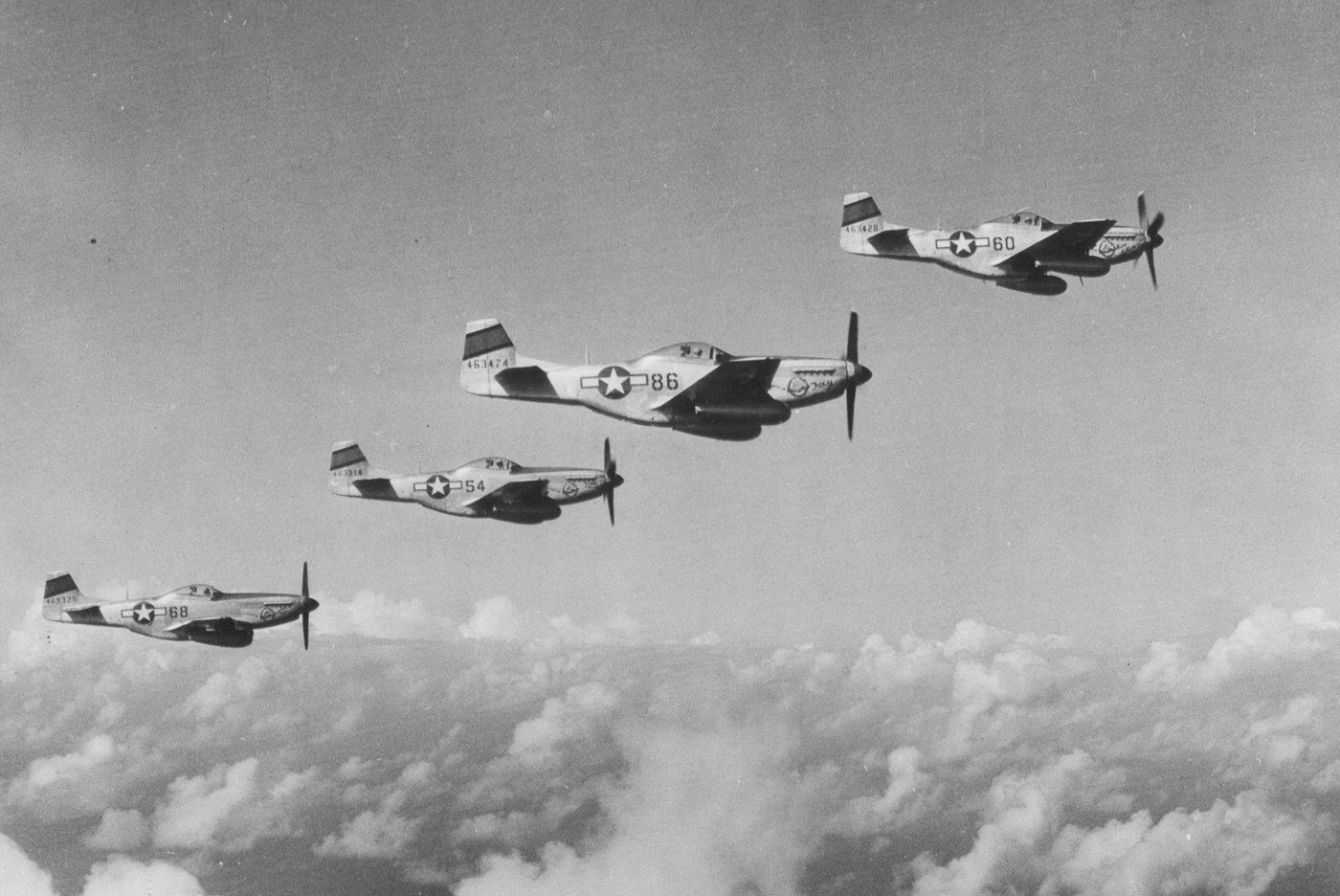
Though I have never had the pleasure myself, I am told that the Mustang is pure joy to fly. The plane has ample power and rolls faster than a Spitfire. However, the Mustang’s turning radius was not quite as tight as was that of the British Spit, the Bf-109 Messerschmitt, or the FW-190 Focke Wulf. The laminar flow wing had its own eccentricities, but the P-51 was a generally stable and forgiving machine.
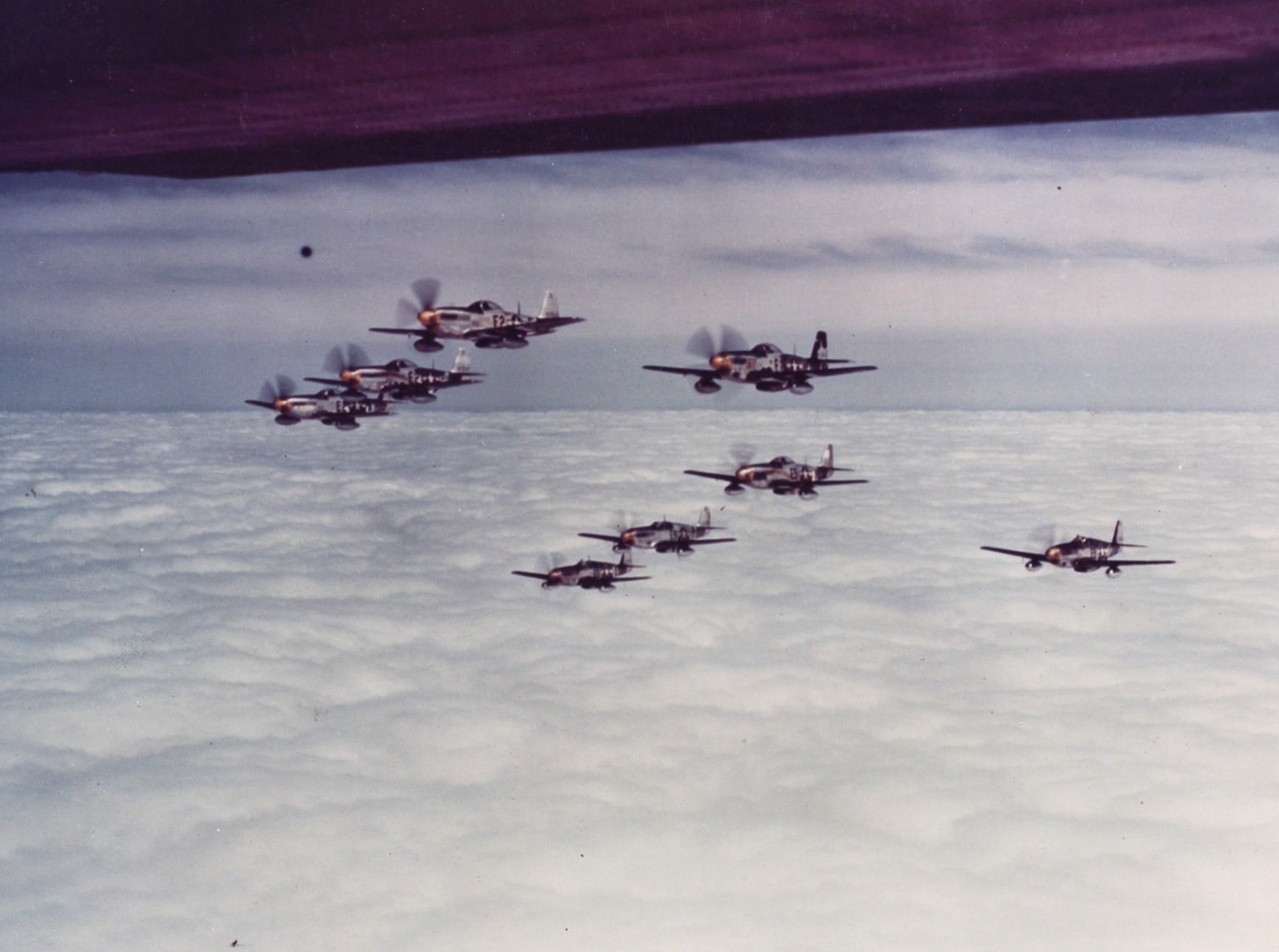
In addition to pure numbers, when equipped with drop tanks the Mustang enjoyed a simply breathtaking range. It was the P-51 that allowed fighter escorts to remain with attacking heavy bombers all the way to their targets in Germany and back.
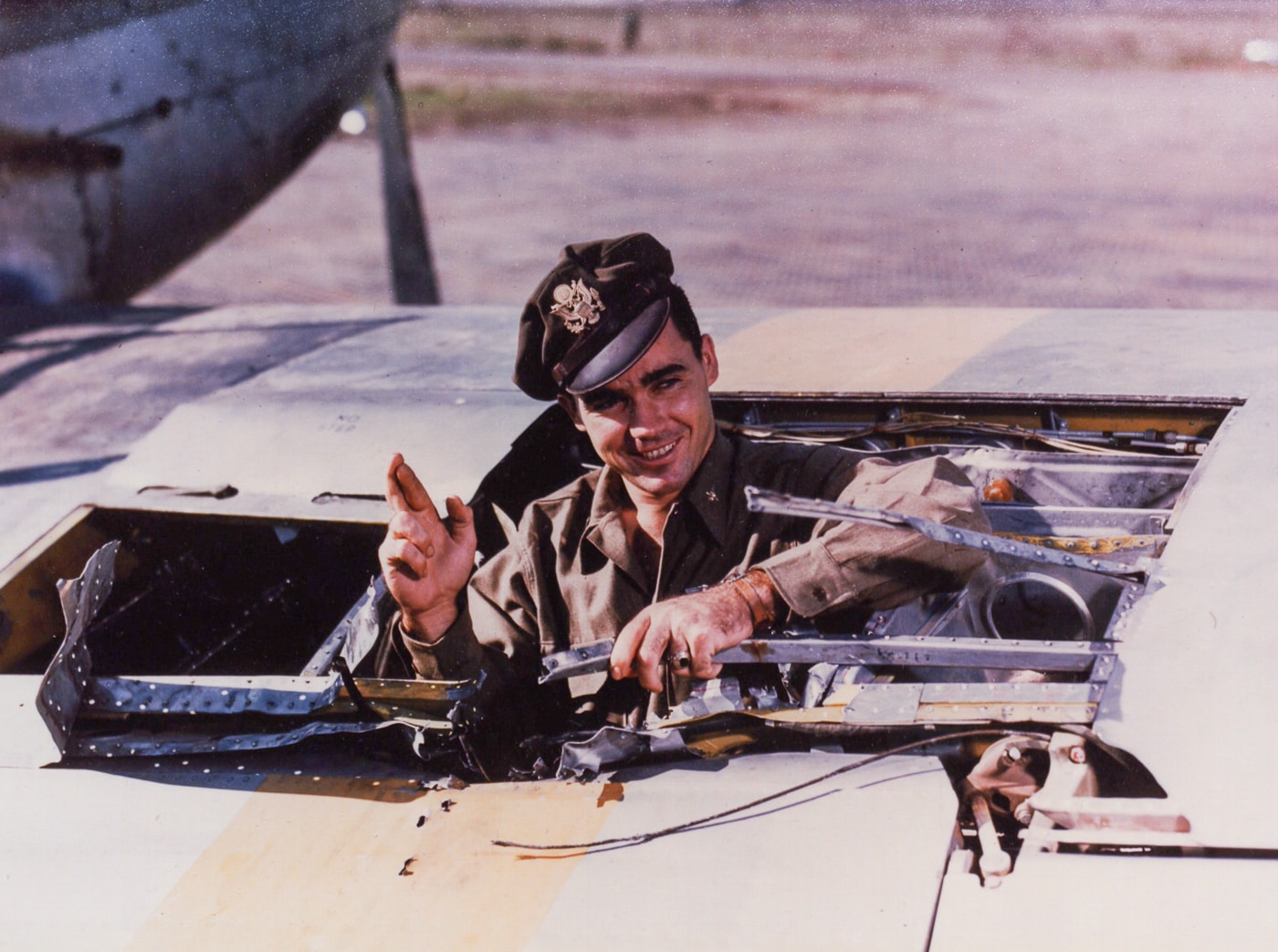
Luftwaffe commander Herman Goering purportedly acknowledged to close friends that the war was over the day he saw Mustangs in the skies above Berlin. Nimble, fast, deadly and cool, the Mustang was a critical part of the Allied victory during World War II.
Special thanks to www.flyaspitfire.com for their support with this project.